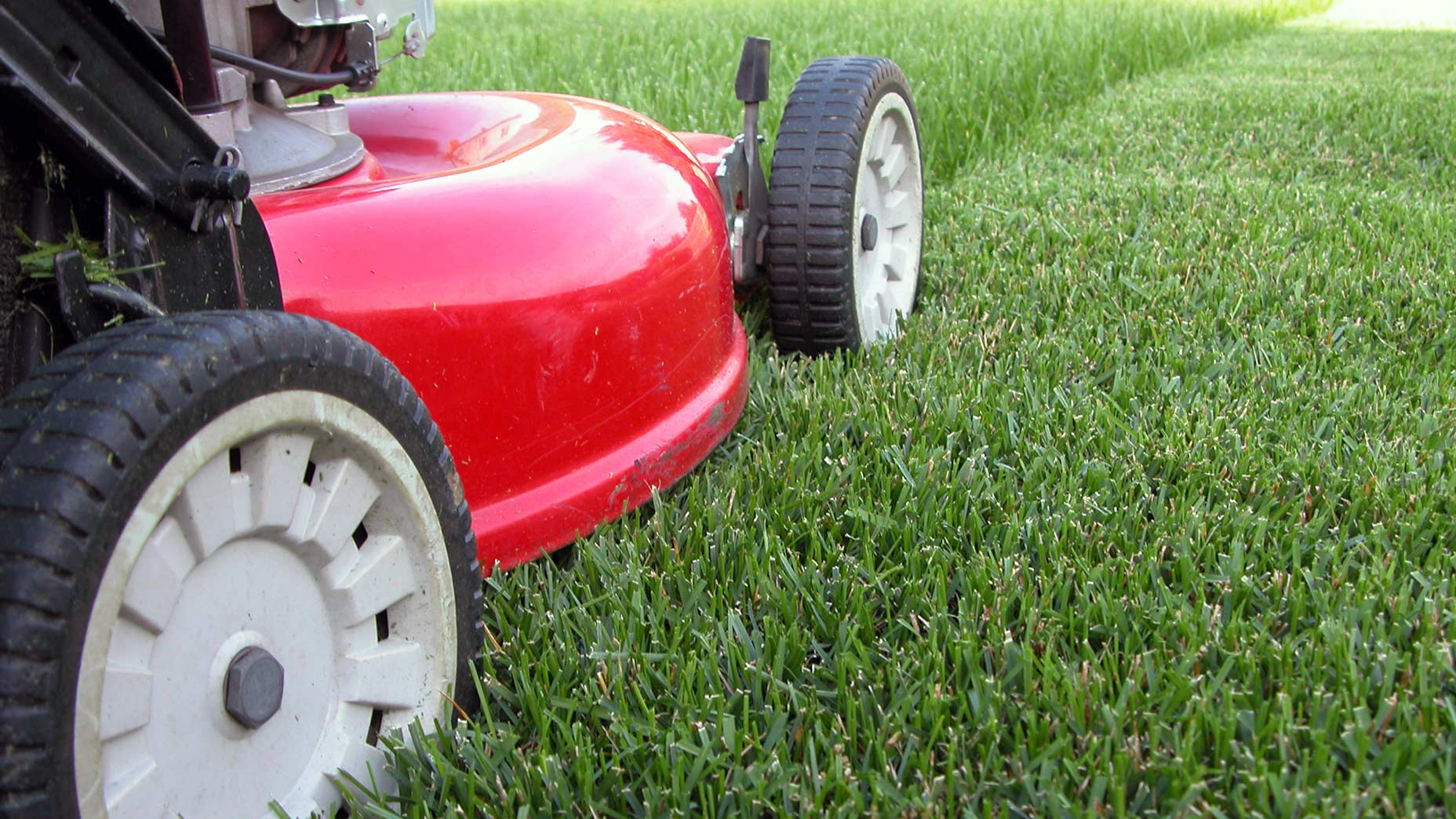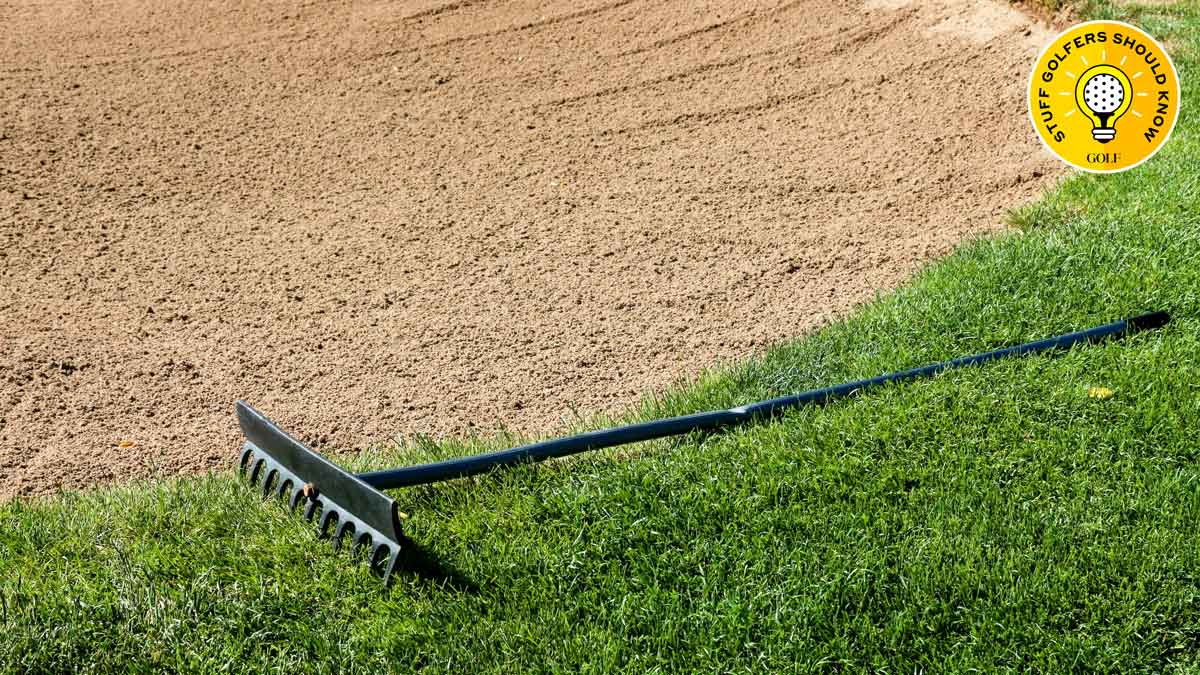Ed. note: Welcome to Super Secrets, a new GOLF.com series in which we’re picking the brains of the game’s leading superintendents. By illuminating how course maintenance crews ply their trades, we’re hopeful we can not only give you a deeper appreciation for the important, innovative work they do but also provide you with maintenance tips that you can apply to your own little patch of paradise. Happy gardening!
***
Time to cut the grass!
Sounds simple, right?
But it’s not just when you mow. It’s how you mow that matters.
As you’ve probably noticed, different golf courses employ different mowing patterns, from crisscross cuts that resemble checkerboards to circular mows that produce dark and light sides on the fairways, to contoured stripes that follow the bend of the holes.
Aesthetics are a major factor in those choices.
But it isn’t all about appearances.
Mowing patterns also have a pragmatic purpose.
7 ways to make your yard the envy of your neighbors, according to golf superintendentsBy: Josh Sens
“As superintendents, we’re always thinking about playability,” says Craig Ellis, director of agronomy at Eldorado Country Club, in Indian Wells, Calif. “The more the ball sits up, the better.”
To that end, it helps to have grass that is standing upright, too. That’s where mowing patterns come in. Rather than mowing grass in the same direction over and over, which can lead to thatchy and unhealthy turf, superintendents like to mix it up.
Picture the numbers on a clock face as a guide. If a maintenance crew mows from 3 to 9 on the clock face one day, they might switch to 6 to 12 the next time around. Alternating mowing patterns is especially important on grass varietals that grow horizontally, Ellis says, such as kikuyu, bermuda and certain types of bentgrass. But it’s good for the health of all kinds of turf.
Money Game: Here’s how much it costs to maintain a golf course for a yearBy: Paul Sullivan
What’s the lesson for homeowners?
How and when you mow your grass will depend in part on the type of turf you plant and the kind of lawn you want, to say nothing of the climate where you live. But when it comes to mowing patterns, the superintendents’ dictate is a good one to follow.
“Two different mowing directions on alternate days will give you the best results,” Ellis says.
Your striped lawn will be the envy of your neighborhood. And the grass will be healthier, too.












